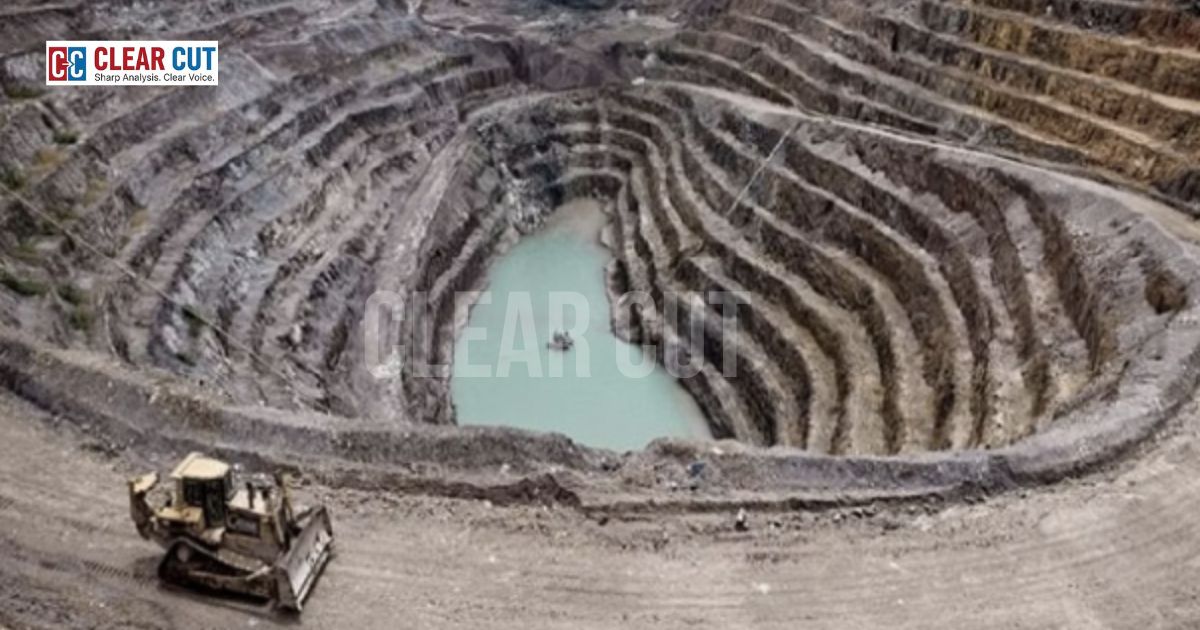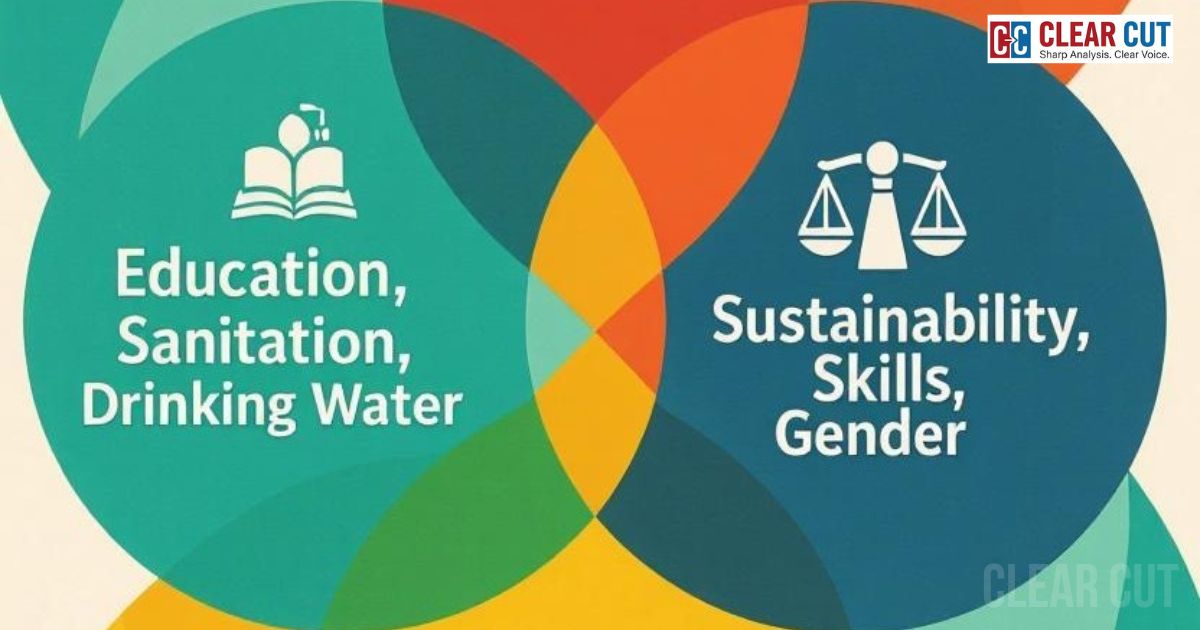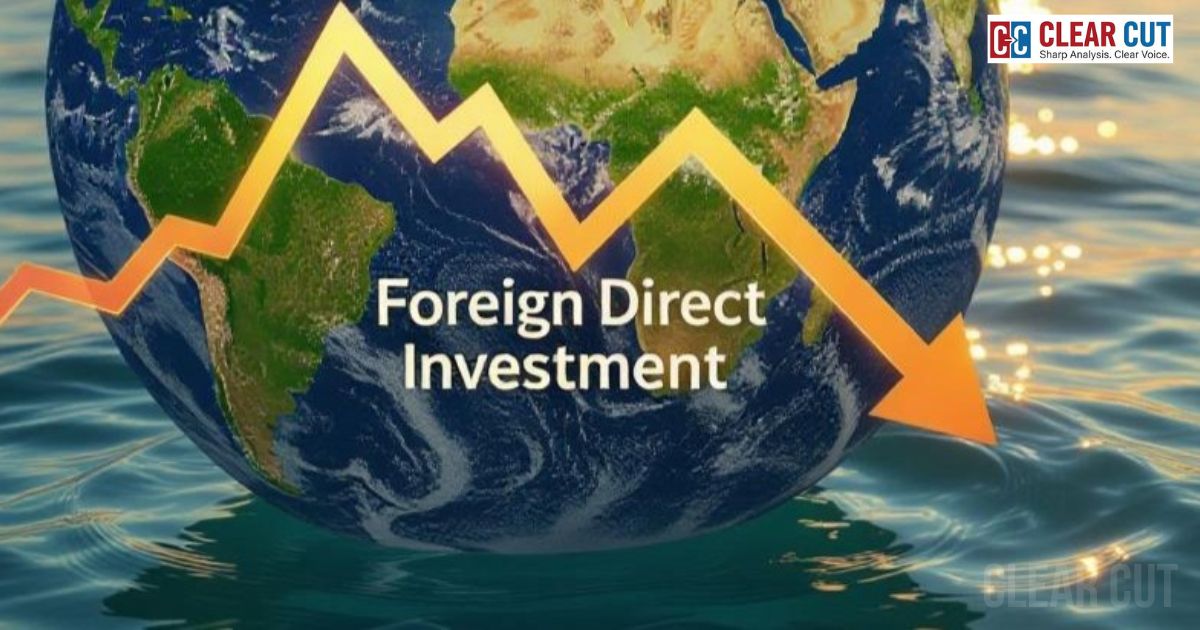Photo Credit: Batx Energies
Clear Cut Livelihood Desk
New Delhi, UPDATED: Sep 09, 2025 04:20 IST
Written By: Antara Mrinal
When the Geological Survey of India made an announcement in February 2023 that there is an inferred resource of 5.9 million tonnes of lithium ore in Reasi, Jammu & Kashmir, it felt as a small tremor in Himalayas that may have knocked on effects for the future of transport throughout India. Lithium, the lightweight metal at the core of lithium-ion batteries, is the key raw material for the today’s electric vehicles (EVs) and, if India can develop this resource into usable battery grade material, it will completely change costs, supply chains, potentially geopolitics for the rapidly growing market in EVs in India and potentially other value-added products which are injection of boundless resources in region.
Have EVs taken off since the discovery?
Has EV adoption in India skyrocketed due to the Reasi discovery? The short answer is no, at least not that we can identify a causal spike in sales numbers that are attributable directly to the discovery. There has been a subtle growth but not boon. India’s EV sales had continued to see strong growth trajectory after 2023. EV sales in calendar year 2024 (exceeding 2 million) grew approximately 25% year on year. However, that growth was primarily driven by policy support, subsidies, charging networks and increased options for vehicles as opposed to a geological discovery. In summary, the lithium discovery has strategic considerable long term opportunities, whereas the sales momentum is policy, and market-based today.
Reducing costs and eliminating import dependence
Currently India imports over 90% of the components and battery cells it needs, showing that the EV industry is fully at the mercy of supply shocks and price swings. The discovery of lithium in Reasi could provide a route to reduce import dependence, if lithium in the ore can be processed to battery-grade lithium compounds economically. With the government already working with foreign partners for processing capacity, it appears policymakers deem domestic lithium as strategically important to limit dependency on imported refined materials, and only a small number of supplier countries.
Economic ripple effects: Employment, Industry, and Rural Rejuvenation
If commercial extraction and processing scale up appropriately, the economic uplift may be significant. Local mine development and processing plants create jobs directly (direct employees: miners, geologists, plant operators), indirectly (indirect employees: freight, logistics, services) and push up construction and infrastructure as a knock-on demand from mine development. Battery process industries or clusters that develop around existing commercial extraction facilities will also reduce the need to import cells and encourage automotive companies to relocate to a local supply chain. This will increase the GDP and exports of the manufacturing sector in the medium run. Rural communities around Reasi should expect improved roads, and schools and services from the infrastructure rollout that may come from mining activity, i. e., if the economic benefits of local mine development and processing are shared and there is a commitment to hiring local workers.
The challenging part: Geology, Processing and Timelines
This is where the promise meets the reality. The Reasi’s deposits are clay-hosted, not the more tractable brine or hard-rock deposits responsible for global production. Mining lithium from clay is complex, requiring other chemical processes that are expensive and environmentally sensitive. While global majors have been hesitant, government auctions for the block have not attracted bids, raising questions about commercial viability and technology readiness. Experts suggested additional pilot work, significant investment and technology partnership collaboration could be several years away before Reasi’s lithium would ever be able to produce battery-grade material in a meaningful scale.
Social and environmental trade-offs: a Himalayan balancing act
There are ramifications to mining. Community members in Reasi and environmental experts have raised alarms over water contamination from lithium extraction, environmental disruption to community landscapes as well as social trade-offs associated with displacement, which have been seen in lithium rushes around the world. While clay extraction may be chemical intensive, there is a heightened urgency for strong environmental safeguards and transparency around impacts of lithium extraction paired with local consultation. Well executed mining projects can have significant positive impacts through health, education and livelihood investments; poorly executed projects can cause significant damage to fragile ecosystems and undermine the social fabric that holds rural lives together.
Climate and budget effects: short-term costs, long-term benefits
Developing domestic lithium does not mean electric vehicles will suddenly be free or even cheaper. There are still public and private costs to be borne : in exploration, pilot processing plants, environmental remediation, and infrastructure. But when a local supply chain and processing capability is established, it is expected that battery costs will decline (given that batteries continue to represent a large share of EV price), thereby lowering subsidies businesses and government may have to provide, and potentially improving the jurisdictional financials related to EV incentives. In terms of climate, encouraging greater EV penetration supported by domestic lithium production reduces oil imports bills and perhaps greenhouse gas emissions, further progress towards India’s climate commitments, so long as carbon and environmental footprints from mining are minimized through best practices.
A note regarding rural India: opportunity plus caution
Rural populations often have to deal with upfront costs of extraction and get a smaller share of the long-term upside. Policy writing can flip this dynamic: local hiring quotas, community development funds, land-for-benefit approaches, and programs to retrain people for downstream battery jobs can re-direct mining returns towards sustainable upward movement for rural communities. Recovery and recycling of batteries can also be made a local cadre-scaled activity: sorting, safe dismantling, recover and use.
What comes next?
For the Reasi discovery to be a genuine driver of India’s EV future, three areas must be developed simultaneously:
(1) Technology – Investing in processing technology for clay lithium and pilot plants;
(2) Governance – Transparent, consultative licensing procedures with stringent environmental protection provisions and fair benefits for local communities;
(3) Industrial Policy – Connecting mining to domestic battery cell manufacturing through incentives and public-private partnerships.
Only then will the “white gold” of the Himalayas translate to affordable EVs, jobs and a more favorable balance of trade.
Cautious optimism for World EV Day
For World EV Day, the Reasi discovery is, for now, less about completing a success story and more about opening a new chapter. The discovery provides India a strategic resource as it pivots away from fossil fuels, but turning that resource into cheaper EVs, rural wealth creation and climate mitigation will take time, resources and smart technology decisions, as well as careful social and environmental management. If India successfully balances that mix, the hills of Jammu could help charge millions of quiet, clean journeys across the subcontinent; proof that local geology and responsible policy can spur a global change.
With inputs from:
- Geological Survey of India
- PIB release on the Reasi discovery
- EV sales reports and analyses (EV Reporter / industry data)
- Reuters coverage of auctions and government steps
- PIIE and ORF analyses on extraction challenges and socio-environmental implications.




